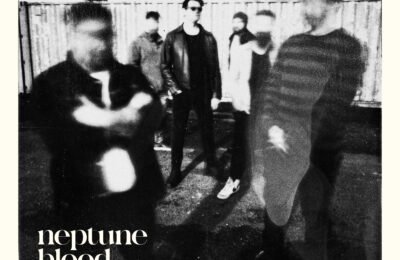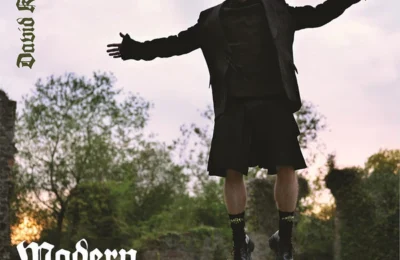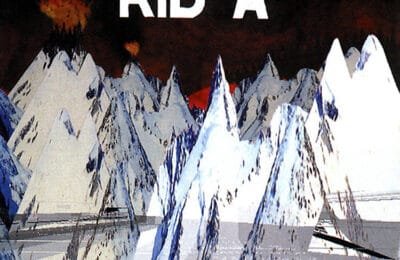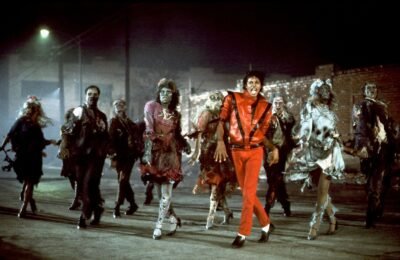A few months ago, I was surprised to read a news article announcing the release of a new Thin Lizzy album. “Sure, Look! That must be a mistake!” I thought. “They haven’t released anything new under that name since Phil Lynott passed away, and as far as I know… he hasn’t resurrected.”
It turned out to be a new release featuring acoustic versions of early songs, recorded around previously unreleased material with Lynott’s vocals. But before we get to that, let’s rewind for a moment…
The Birth of Thin Lizzy
Fifty years ago, four young musicians in Dublin were about to start one of the most iconic chapters in Irish music history. In the twilight of 1969, guitarist Eric Bell and organist Eric Wrixon—both former members of Them—met by chance in a Dublin pub where Phil Lynott and Brian Downey’s band, Orphanage, happened to be playing. During a break, Bell proposed forming a band with the two Orphanage members. They agreed—on the condition that Lynott would play bass and that the band would perform some of his original compositions.
Bell recalls Lynott coming to his apartment one day with a tape containing three of his songs—just him and a guitar. “He played the tracks, and I was just blown away. I knew that this guy was something really special.” Shortly after, the band moved into a shared house and worked on their music non-stop. Eventually, the quartet became a trio upon Eric Wrixon’s departure. And the rest is history.
Thin Lizzy (named after the Tin Lizzie character in The Dandy) went on to record three albums: Thin Lizzy (1971), Shades of a Blue Orphanage (1972), and Vagabonds of the Western World (1973). Although these albums are now highly regarded, they were not commercially successful at the time—despite the hit single Whiskey in the Jar in 1973. The band’s early sound blended blues and Celtic influences with hints of hard rock, which became more dominant after Eric Bell left the band at the end of 1973.
Revisiting the Past
Last year, following an event promoting the remastered version of Vagabonds of the Western World, representatives from Decca/Universal Music approached Eric Bell with an idea: Would he be interested in recording new acoustic versions of early Thin Lizzy songs? The guitarist agreed, and a few weeks later, he was back in the studio.
“It all just happened so quickly. Before I knew it, I was in the studio, listening to Phil’s vocals and Brian’s drumming. With all the emotions entwined, it was a lot to process—but a really enjoyable experience,” Bell recalls. “It was challenging in one respect. All my original guitar work was removed, and I had to replace it with a totally different approach while still keeping the original vibe. That was the challenge.”1
Is It Just a Commercial Product?
One might ask, “Is this just a commercial cash grab?” After all, the idea came from the record label, and the entire project—from studio sessions to release—was completed in under six months. It certainly sounds like it could be.
But is that necessarily a bad thing?
Apart from the somewhat misleading claim that this is “a new Thin Lizzy album,” the record itself is a nice addition to any Thin Lizzy fan’s collection.
A Stripped-Down Experience
Like a journey through time, we rediscover classic tracks from the first three albums, stripped down to their bare essentials. The album opens with Mama Nature Said—just Eric Bell’s guitar and Phil Lynott’s voice. While it’s a straightforward acoustic rendition, it sets the tone, offering a more intimate feel. The effect is even stronger on the following track, A Song for While I’m Away, with its delicate orchestral arrangements.
The real emotional highlights come with Eire and Dublin. Stripped back to just guitar and vocals, these songs take on a whole new depth. Lynott’s voice and lyrics resonate as if he’s right there in the room. Shades of a Blue Orphanage is another beautifully fragile moment—though, to be fair, the original already gives me goosebumps.
Final Thoughts
Ultimately, The Acoustic Sessions doesn’t quite qualify as a new album, but it is a good record. However, the packaging could have been more developed. While the clear vinyl is a nice touch, and Neel Panchal’s psychedelic artwork is visually appealing, the project feels somewhat rushed. A gatefold sleeve, liner notes, or printed lyrics would have made for a more polished release.
Still, for fans of Thin Lizzy’s early years, this album is a worthwhile listen—if only to hear Lynott’s voice in a fresh, intimate setting one more time.
- Reported from an interview by Overdrive.ie ↩︎

















